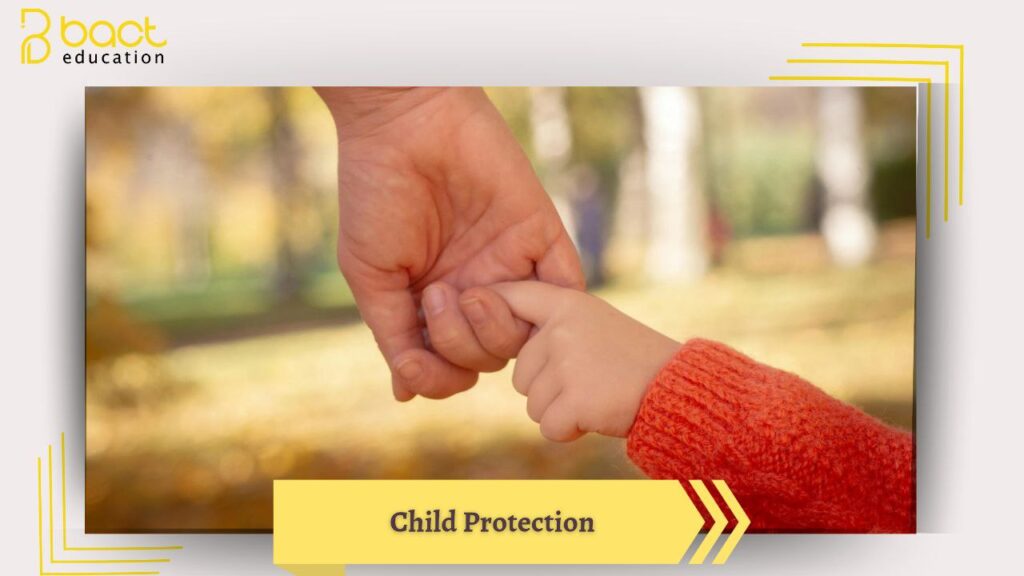**Introduction:**
Protecting children from all forms of abuse, neglect, and exploitation is the cornerstone of building healthy and safe societies. It is not merely a moral duty but a legal obligation and a fundamental child’s right enshrined in international conventions such as the UN Convention on the Rights of the Child. Child protection aims to create a supportive environment that enables the child to develop in a holistic manner—physically, psychologically, socially, and mentally.
**The Core Pillars of Child Protection:**
1. **The Preventive Pillar:** This involves all proactive measures that prevent harm from befalling a child. It includes:
* **Awareness:** Educating children themselves about their rights and personal safety concepts, teaching them about private body parts, and identifying trusted adults.
* **Adult Education:** Training parents, educators, and all professionals working with children on how to detect signs of abuse and neglect and the mechanisms for reporting them.
* **Building a Safe Environment:** Establishing clear policies in schools, clubs, and institutions that prohibit physical and psychological punishment and ensure privacy and safety.
2. **The Detection and Response Pillar:** When preventive measures fail, effective systems must be in place to address cases.
* **Identifying Signs:** Training personnel to recognize indicators of abuse, which can be physical (such as unexplained bruises or wounds), behavioral (like aggression or withdrawal), or emotional (such as anxiety and fear).
* **Reporting Mechanisms:** Providing confidential, safe, and easily accessible channels for reporting suspected abuse, such as dedicated hotlines.
* **Intervention:** Involving specialized entities like child protection services or the police to assess the situation, remove the child from the source of danger if necessary, and provide psychological and legal support.
3. **The Empowerment and Reintegration Pillar:**
* **Child Empowerment:** Boosting the child’s self-confidence, teaching them communication and refusal skills, and encouraging them to express their problems.
* **Psycho-social Support:** Offering ongoing psychological care for child survivors of abuse to help them overcome trauma.
* **Reintegration:** Working to reintegrate the child safely into their natural environment or into a stable alternative care setting that provides the necessary support.
**Conclusion:**
Child protection is an investment in the future. It is a dynamic, ongoing process that requires close cooperation between the family, the school, the government, and civil society. By joining forces, raising awareness, and building effective systems, we can collectively build a solid shield that preserves our children’s innocence and security, guaranteeing their right to a happy childhood that enables them to become active contributors to their societies.

